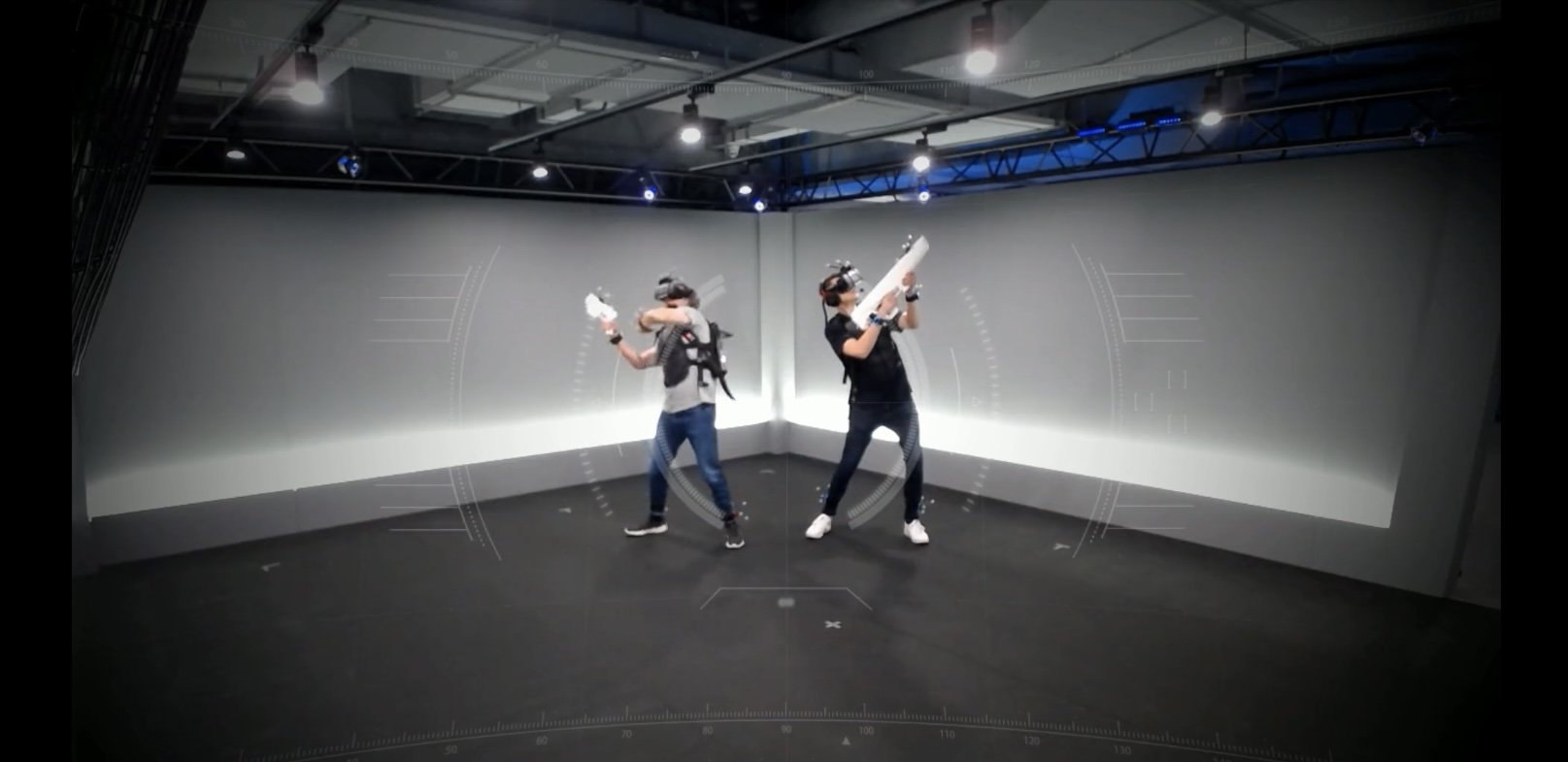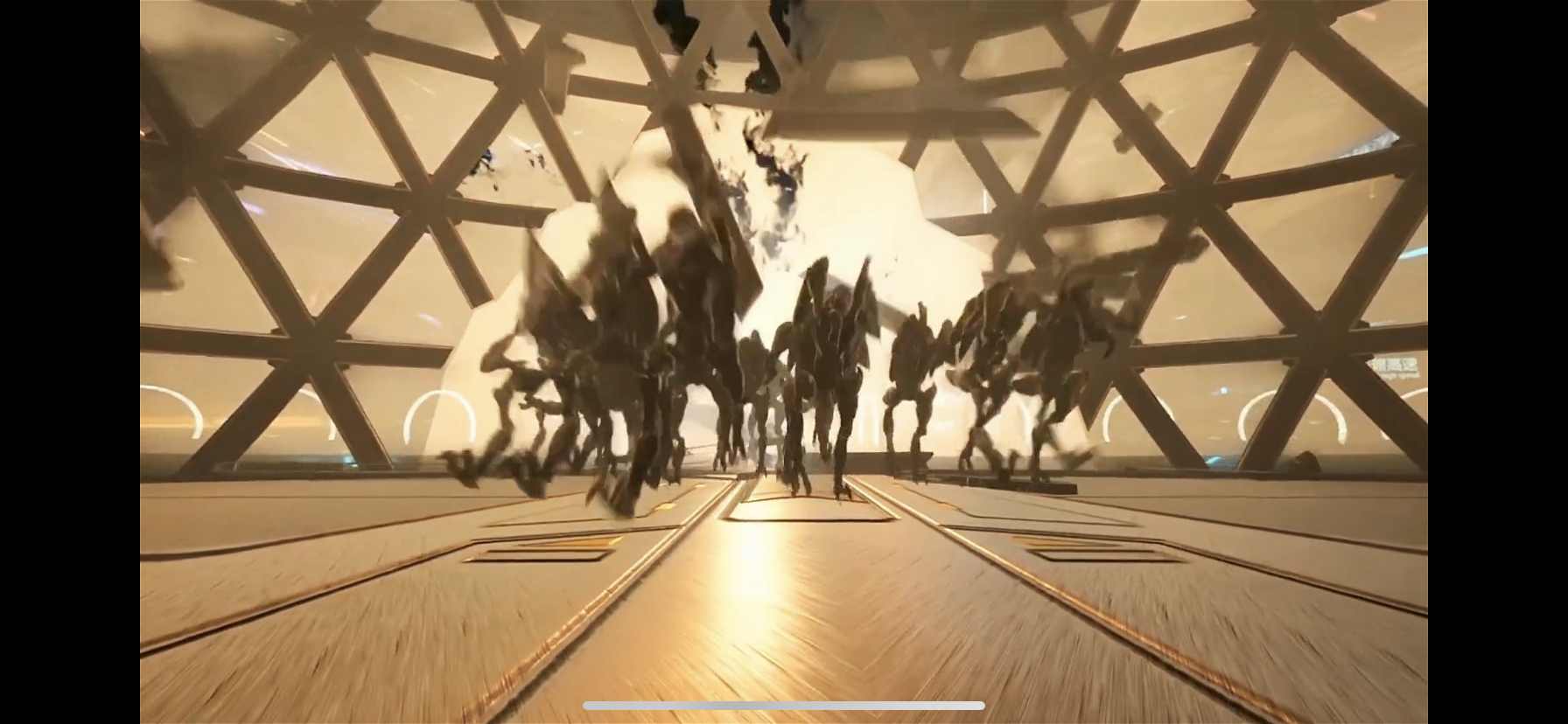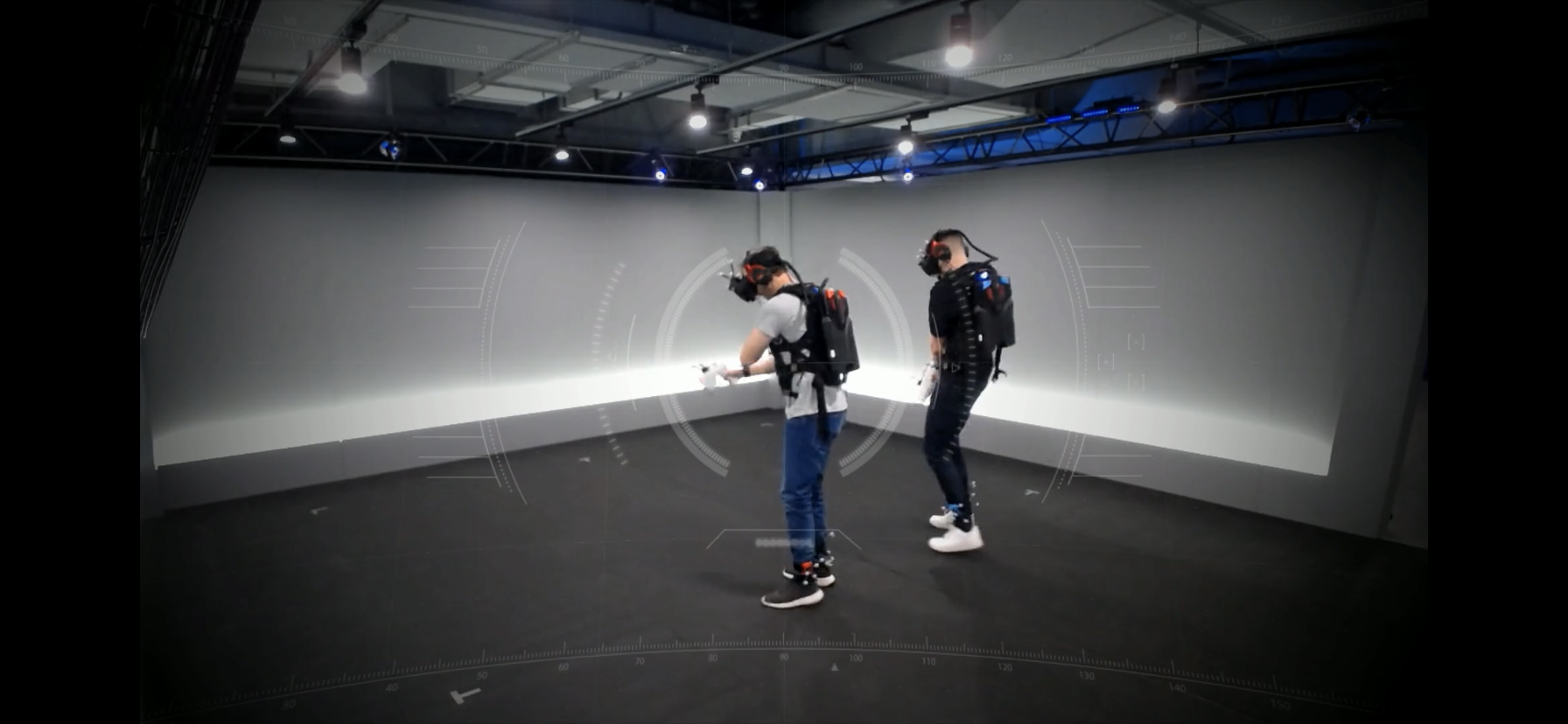Using the Business Model Canvas: Sandbox VR
The Business Model Canvas is a great tool for describing how a business works:
The value it creates. The target market. Key operations. Revenue and costs. And more.
Learning how to use the Business Model Canvas is crucial for strategists who want an easy way to understand their client’s business and how they make money.
The Business Model Canvas was developed by Alex Osterwalder and first introduced in his book Business Model Generation (2009). It is broken down into 9 boxes, which correspond to the most fundamental parts of a business.
The BMC offers commercial insights that can provide context for a client’s marketing objectives, current strategic direction, and future commercial opportunities. When placed in the context of a category, the canvas can give us clues about whether a business is vulnerable to disruption.
I wanted to test my understanding of the BMC using a case study of Sandbox VR, a VR startup based out of Hong Kong, which recently opened a branch in Shanghai.
When I tried it out with a friend a couple of weekends ago, we played their flagship product: Amber Sky.
Sam and I attempting to hack down hordes of alien bugs in Sandbox VR.
I chose Sandbox VR as a base study for Business Model Canvas for a couple of reasons:
They are pioneers! Taking advantage of the VR trend, they are leading a new category: retail co-op VR gaming experiences (or something like that).
One business. Multiple revenue streams.
They have invested in a smart marketing tool that delights customers and spreads word of mouth.
Enough ramble. Let’s get into it.
HK-based VR gaming experience provider Sandbox VR produces immersive, shared gaming experiences in urban retail locations.
Their core business is selling these experience on a pay-per-game basis to general consumers (skew young/male).
The combat-heavy gameplay, motion-capture technology, and exclusive content allows Sandbox to appeal to their core segment and stand out as a unique entertainment experience in the market.
This helps them compete with entertainment alternatives such as room escape, script murder experiences, and laser tag, which are popular amongst the same target audience in China.
Sandbox VR’s website captures the unique offering succinctly.
The emphasis on co-op gameplay and minimum number of two players for each experience (6 maximum) creates natural appeal to the segment of large organized parties, such as corporate clients or friend groups.
Booking can be done on Sandbox’s own site, a third party platform, or in-store.
The need for growth driven by retail expansion opens up a third customer segment and second revenue stream from franchising.
Sandbox VR is betting on the cultural excitement around VR and improving technological capabilities to create an attractive proposition for prospective franchise partners.
Sandbox has also created a customer engagement tool that doubles as a marketing tactic in order to further convince would-be franchisees.
After the end of every experience, customers are given a bespoke video of their game highlights that they can share with their friends (screenshots from ours below).
They also provide customer service for franchise owners in the form of training and troubleshooting.







To produce their experiences and exclusive games, Sandbox VR is involved in two key activities: retail operations and game development.
These activities requires key personnel resources of Experience Guides, to facilitate the experience for customers on the retail side. And a development team of coders, designers and artists on the studio side.
In addition to creating their own gaming franchises, Sandbox VR also relies on licensed IP partnerships such as Star Trek to create engaging games.
Its retail presence and software platform also allows Sandbox VR to develop a third revenue stream.
In addition to creating its own gaming content, Sandbox VR is developing a toolkit for independent developers to create custom content for their platform.
In the long term, this will allow many more games to be offered to the customer, thereby enriching their core value offering.
This will further diversify Sandbox’s revenue streams and could allow them to focus long term on enhancing the retail experience. Will they completely outsource game development? What pricing mechanism will they use?
With retail operations and game development (for now) taken care of in house, Sandbox outsources its custom hardware manufacturing to a third party.
Finally, Sandbox VR’s cost structure is primarily made up of its expensive retail operations and game development activities.
On the retail side, there are overheads for its stores, which tend to be in premium locations in urban centers and salaries for its employees.
Back end costs include development teams, studio rent, and other operational costs such as maintenance.
Additional costs such as marketing and IP licensing inflate Sandbox’s costs further, giving the team strong motivation to secure funding.
Other useful resources:
https://businessmodelanalyst.com/














